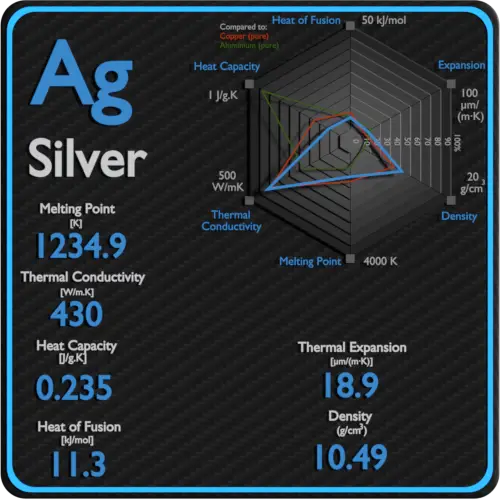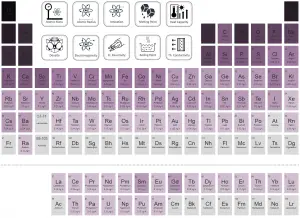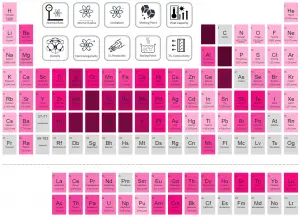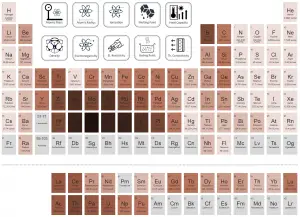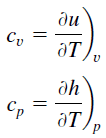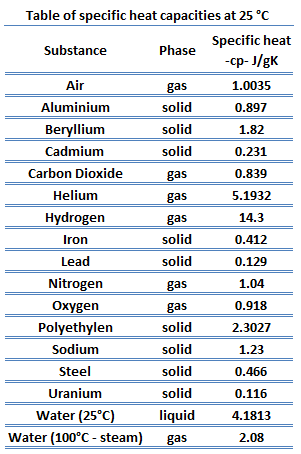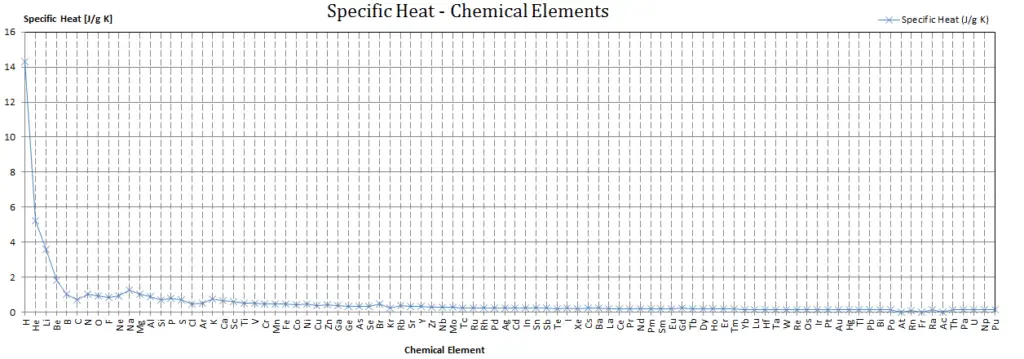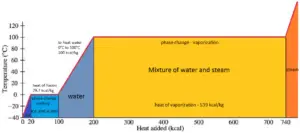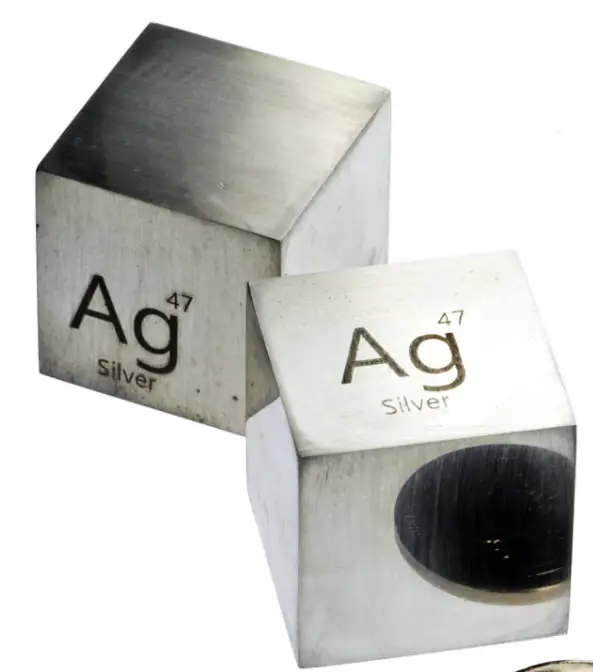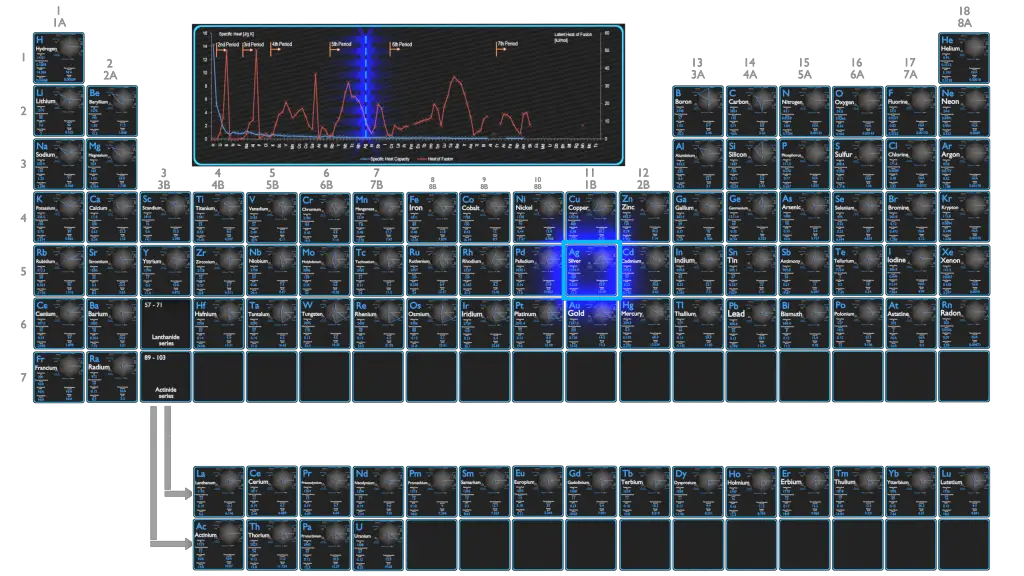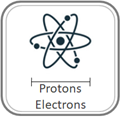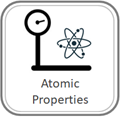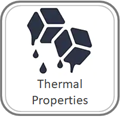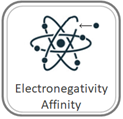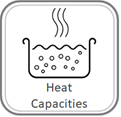About Silver
Silver is a soft, white, lustrous transition metal, it exhibits the highest electrical conductivity, thermal conductivity, and reflectivity of any metal. The metal is found in the Earth’s crust in the pure, free elemental form (“native silver”), as an alloy with gold and other metals, and in minerals such as argentite and chlorargyrite. Most silver is produced as a byproduct of copper, gold, lead, and zinc refining.
Silver – Specific Heat, Latent Heat of Fusion, Latent Heat of Vaporization
Specific heat of Silver is 0.235 J/g K.
Heat capacity is an extensive property of matter, meaning it is proportional to the size of the system. Heat capacity C has the unit of energy per degree or energy per kelvin. When expressing the same phenomenon as an intensive property, the heat capacity is divided by the amount of substance, mass, or volume, thus the quantity is independent of the size or extent of the sample.
Latent Heat of Fusion of Silver is 11.3 kJ/mol.
Latent Heat of Vaporization of Silver is 250.58 kJ/mol.
Latent heat is the amount of heat added to or removed from a substance to produce a change in phase. This energy breaks down the intermolecular attractive forces, and also must provide the energy necessary to expand the gas (the pΔV work). When latent heat is added, no temperature change occurs. The enthalpy of vaporization is a function of the pressure at which that transformation takes place.
See also: Mechanical Properties of Silver
Summary
| Element | Silver |
| Specific Heat | 0.235 J/g K |
| Heat of Fusion | 11.3 kJ/mol |
| Heat of Vaporization | 250.58 kJ/mol |
| Density | 10.49 g/cm3 |
Source: www.luciteria.com
